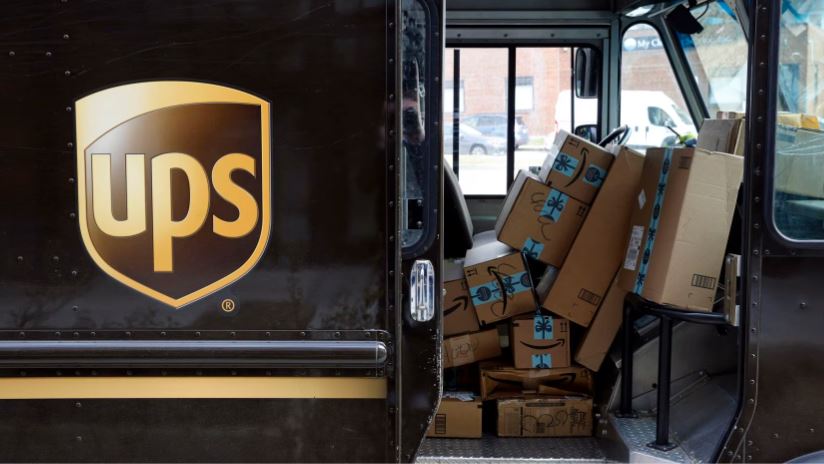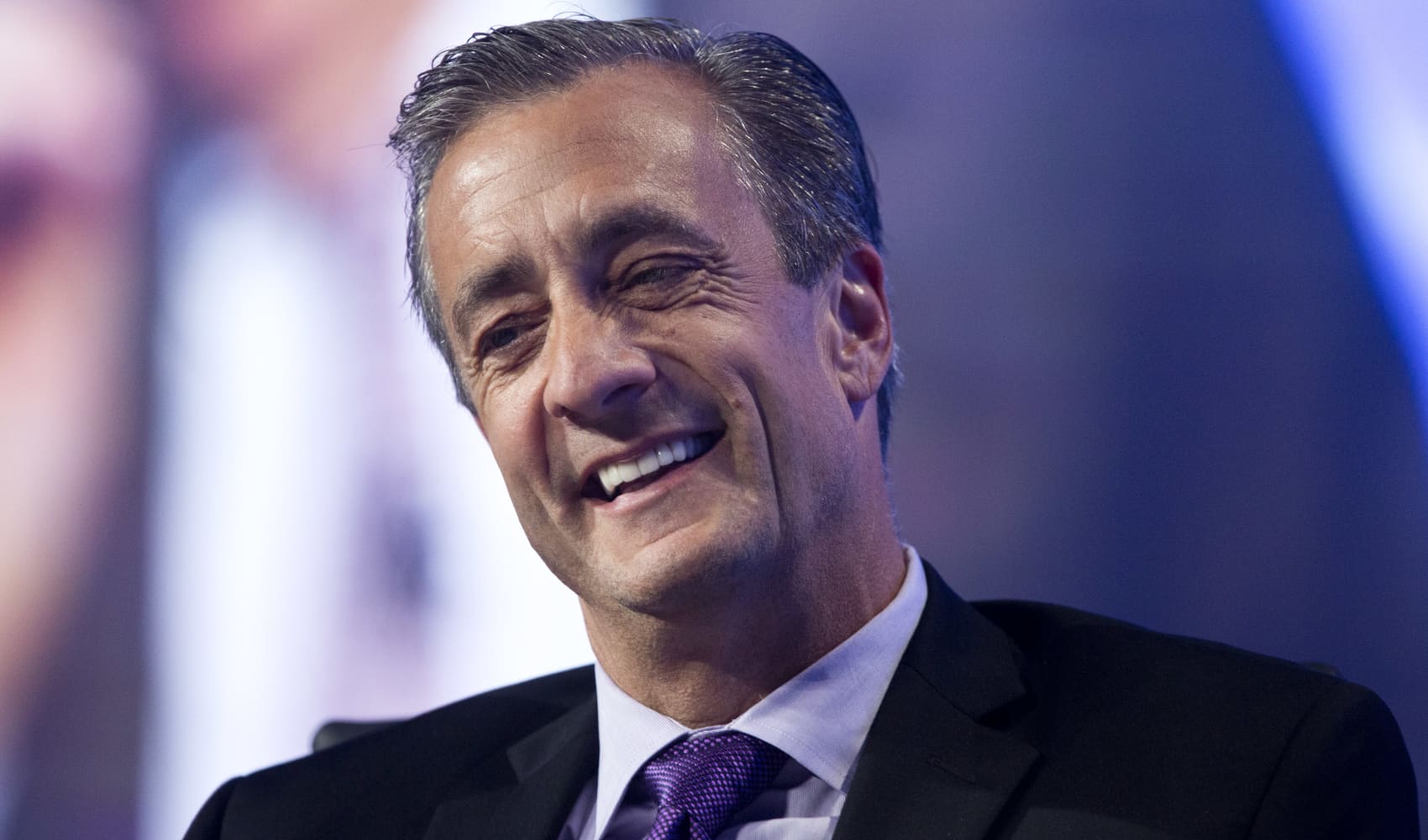UPS Cuts 20K Jobs: How Amazon Shift Impacts You
UPS Restructures: 20,000 Jobs Cut as Amazon Volume Dips
Introduction: A Shifting Landscape for UPS
The world of logistics is constantly evolving, and sometimes, even the biggest players have to make tough decisions. UPS, a name synonymous with package delivery, is facing a significant shift. The company is planning to cut around 20,000 jobs and close over 70 facilities as it strategically reduces its reliance on Amazon shipments. This isn’t just a minor adjustment; it’s a major restructuring, signaling a new era for the delivery giant. But what exactly does this mean for UPS, its employees, and the future of package delivery?
The Headline Numbers: 20,000 Jobs and 70+ Facilities
Let’s break down the core figures. UPS is looking at shedding approximately 20,000 roles this year. That's a significant number, impacting families and communities. Alongside the job cuts, the company intends to close 73 leased and owned buildings by the end of June, with potentially more closures on the horizon. These are bold moves reflecting a proactive approach to adapt to changing market dynamics.
Strategic Rationale: Why the Drastic Measures?
Why is UPS taking such drastic measures? Well, it all boils down to strategy. As CEO Carol Tomé explained, “The actions we are taking to reconfigure our network and reduce cost across our business could not be timelier.” She anticipates that these moves will help UPS emerge as a "stronger, more nimble" organization. In essence, UPS is streamlining its operations to become more efficient and competitive in a rapidly changing landscape. Is it a painful transition? Absolutely. But is it necessary for long-term success? UPS seems to think so.
The Amazon Factor: Reducing Volume by 50%
The elephant in the room is Amazon. UPS announced a deal three months prior, revealing plans to decrease its Amazon shipping volume by more than 50% by the latter half of 2026. This is a monumental shift. For years, Amazon has been a major client for UPS, but with Amazon expanding its own delivery network, the relationship is evolving. UPS is diversifying its customer base and focusing on higher-margin opportunities. Think of it like a farmer rotating crops to ensure the soil remains fertile. You can’t rely on just one source of sustenance.
CEO Carol Tomé's Perspective: A Nimble Future
Carol Tomé's words paint a picture of resilience and adaptation. She emphasized the uncertain "macro environment" and the need to be proactive. In the fourth-quarter earnings conference call, Tomé reflected on the nearly 30-year partnership with Amazon, acknowledging the changing dynamics. She seems to be steering UPS towards a future where it’s less dependent on a single customer. She is betting on the company's ability to navigate the new landscape and emerge stronger.
Network Reconfiguration: What Does It Mean?
So, what does “reconfiguring the network” actually entail? It's more than just closing buildings and cutting jobs. It’s about optimizing routes, utilizing technology to improve efficiency, and strategically investing in areas that offer the most potential for growth. It’s like a chef streamlining a recipe – reducing unnecessary ingredients and enhancing the core flavors.
Cost Reduction Strategies: Where Will the Savings Come From?
Beyond the obvious savings from reduced headcount and facility closures, UPS is likely exploring other avenues for cost reduction. This could include negotiating better deals with suppliers, implementing more automation in its sorting facilities, and improving fuel efficiency. Every penny counts when you’re trying to stay ahead in a competitive market.
The Impact on Employees: Support and Transition
Let’s not forget the human element. Job cuts are never easy. What support will UPS provide to the affected employees? Will there be severance packages, job placement assistance, or retraining opportunities? The way a company handles layoffs speaks volumes about its values. It's crucial for UPS to provide a safety net for those who are impacted by these changes.
The Ripple Effect: What About the Competition?
UPS's strategic shift has a ripple effect throughout the logistics industry. Will FedEx, DHL, or other competitors benefit from UPS reducing its Amazon volume? Absolutely. This creates opportunities for them to capture a larger share of the market. The competition is heating up, and consumers could see more choices and potentially better prices.
The Customer Experience: Will Deliveries Be Affected?
Will this restructuring impact the customer experience? Will delivery times be affected? Will prices go up? These are crucial questions for consumers and businesses that rely on UPS. UPS needs to ensure that service levels remain high during this transition period.
Long-Term Vision: Where Does UPS See Itself in 5 Years?
What’s the long-term vision for UPS? Where does the company see itself in five years? Is it aiming to be a more diversified logistics provider, focusing on specialized services and higher-margin clients? Or will it continue to compete directly with Amazon's growing delivery network? The strategic choices UPS makes now will determine its future success.
Opportunities for Innovation: Embracing Technology
This period of change also presents opportunities for innovation. Can UPS leverage technology – such as AI, machine learning, and advanced analytics – to optimize its operations and create new services? Embracing innovation is essential for staying ahead in the game.
Sustainability Initiatives: A Greener Future for UPS?
Sustainability is increasingly important to consumers and businesses alike. Will UPS use this opportunity to invest in greener delivery solutions, such as electric vehicles or alternative fuels? A commitment to sustainability could be a key differentiator for UPS in the years to come.
Financial Performance: Looking Ahead
Ultimately, the success of this restructuring will be measured by UPS's financial performance. Will the company be able to increase its profitability and generate strong returns for its shareholders? Investors will be closely watching the company's progress over the next few years. The proof will be in the pudding.
A Moment of Truth: The Future of Logistics
The changes at UPS reflect a broader trend in the logistics industry: the need to adapt to evolving customer demands, embrace new technologies, and navigate a complex global landscape. This is a moment of truth for UPS – a chance to reinvent itself and emerge as a stronger, more competitive player in the years to come. The question is, can they pull it off?
Conclusion: Key Takeaways and Future Outlook
In conclusion, UPS's decision to cut 20,000 jobs and close over 70 facilities represents a significant strategic shift, primarily driven by the reduced reliance on Amazon shipments. While this transition presents challenges, including potential impacts on employees and customers, it also creates opportunities for UPS to streamline its operations, diversify its customer base, and invest in innovation. The company's long-term success will depend on its ability to execute its strategic vision and navigate the ever-changing landscape of the logistics industry. Key takeaways include a proactive approach to cost reduction, a focus on higher-margin opportunities, and a commitment to becoming a more nimble and resilient organization. The future of UPS, and indeed the logistics industry, hangs in the balance.
Frequently Asked Questions
Here are some frequently asked questions about UPS's recent announcement:
- Why is UPS cutting jobs and closing facilities?
UPS is strategically reducing its dependence on Amazon shipments and reconfiguring its network to improve efficiency and profitability. The job cuts and facility closures are part of a broader cost-reduction strategy.
- How will this impact UPS customers?
UPS aims to minimize any negative impact on customers. The company is working to ensure that service levels remain high during the transition. However, there could be potential adjustments to delivery times or pricing.
- What support will UPS provide to affected employees?
While specific details haven't been fully disclosed, UPS is expected to provide some form of support to affected employees, potentially including severance packages, job placement assistance, or retraining opportunities.
- Will this affect international shipments?
The primary focus of the restructuring appears to be on domestic operations. However, any network reconfiguration could potentially have some indirect effects on international shipments, although this is not expected to be significant.
- What is UPS's long-term strategy?
UPS's long-term strategy involves diversifying its customer base, focusing on higher-margin opportunities, leveraging technology to improve efficiency, and investing in sustainable delivery solutions. The goal is to become a more nimble, resilient, and profitable organization.


